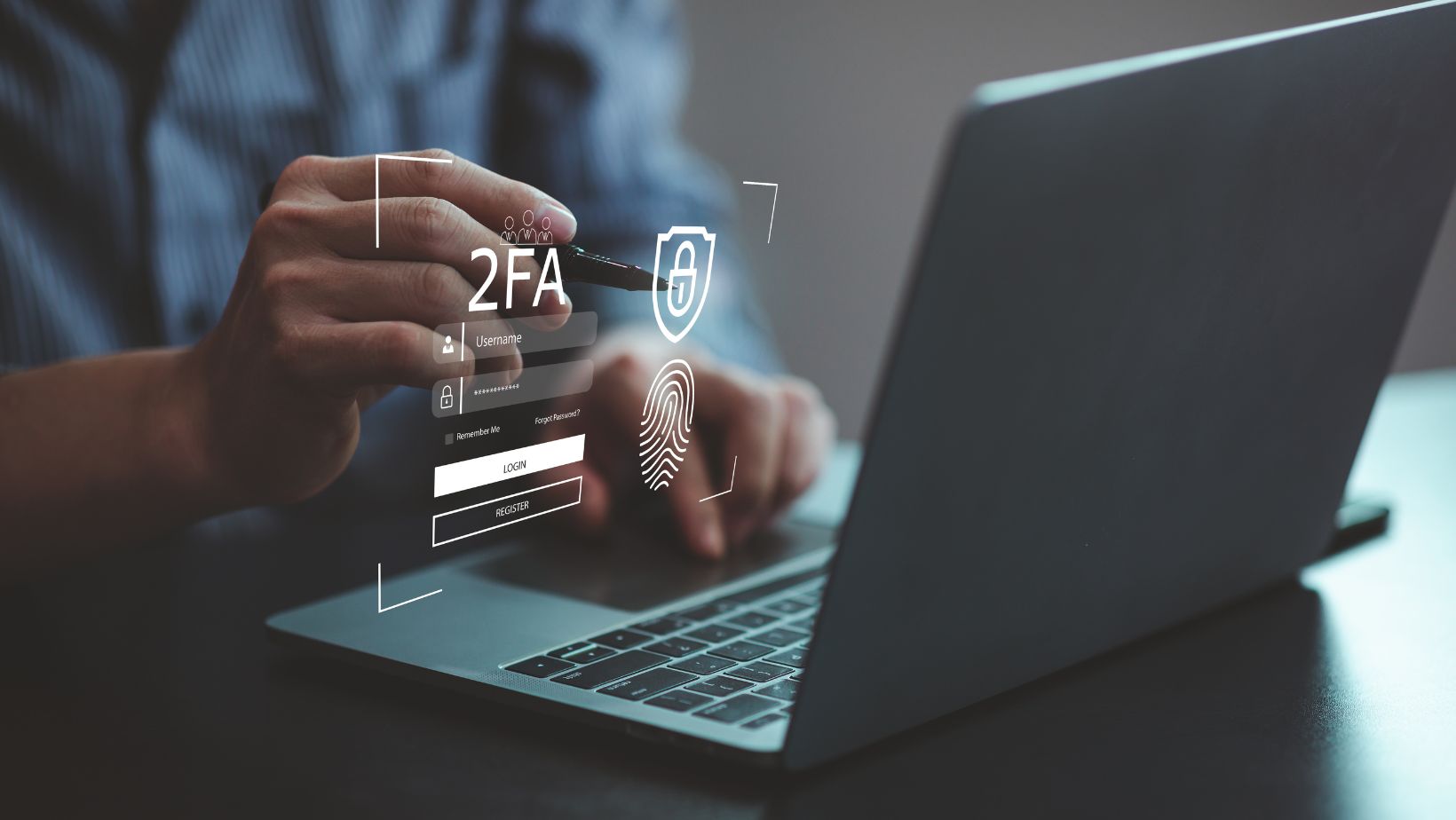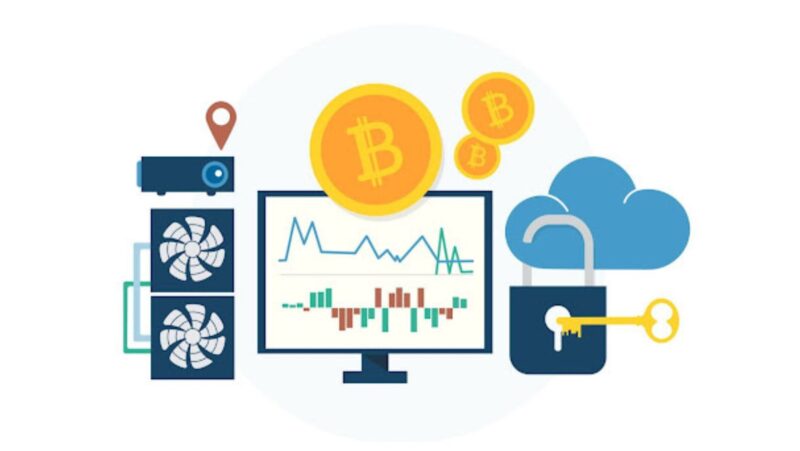
 Introduction to Cybersecurity Evolution
Introduction to Cybersecurity Evolution
In today’s digital age, cybersecurity has become indispensable. From individuals to organizations, everyone depends on digital systems, making us vulnerable to cyber threats. Interestingly, it’s the evolution of malware that has often spurred advancements in cybersecurity. Through the years, malware attacks have grown in sophistication, each wave of attacks pushing the cybersecurity field to adapt and improve.
According to Private Internet Access (PIA) grasping this evolution is essential to understanding how these threats function and how they have spurred advancements in cybersecurity defenses.
What is Malware?
Malware, or malicious software, refers to any program created to damage, exploit, or compromise a device or network. It appears in various forms, each with its own method and objective for exploitation.
Common Types of Malware
- Viruses: Infect files and spread to other systems.
- Worms: Replicate independently across networks.
- Trojan Horses: Disguise as legitimate software but have malicious intent.
- Ransomware: Encrypts files and demands a ransom for decryption.
- Spyware: Secretly monitors user activities.
Early Days of Malware
The Creeper Virus (1971): The First Recognized Virus
In 1971, the Creeper Virus marked the dawn of malware. It was relatively harmless, displaying a message on infected computers. However, it paved the way for malicious programs, inspiring cybersecurity measures and giving rise to the first antivirus software.
The Birth of Antivirus Software
Following the Creeper virus, the need for antivirus software became apparent, leading to the development of basic detection tools. This was the beginning of an ever-evolving race between cybercriminals and cybersecurity experts.
The Rise of Computer Viruses in the 1980s
The Brain Virus (1986): First PC Virus
The Brain Virus, originating from Pakistan, was the first virus to target personal computers. Created by two brothers as a copyright protection tool, it unexpectedly spread worldwide, affecting thousands and drawing attention to the need for stronger security.
Morris Worm (1988): The First Major Internet Worm
In 1988, the Morris Worm became the first internet-wide malware attack. It infected approximately 10% of all connected devices, causing significant disruption and costing millions in damages. This led to the Computer Fraud and Abuse Act, highlighting the necessity of cybersecurity legislation.
1990s Malware and the Growth of the Internet
Michelangelo Virus (1992): A Notorious DOS Virus
The Michelangelo Virus gained infamy in 1992, programmed to activate on March 6, the artist’s birthday.
 Well, it is true that it didn’t cause widespread damage. However, it highlighted the potential for malware to be timed, triggering media coverage and heightened awareness.
Well, it is true that it didn’t cause widespread damage. However, it highlighted the potential for malware to be timed, triggering media coverage and heightened awareness.
Concept Virus (1995): The First Macro Virus
With the rise of Microsoft Word, the Concept Virus exploited the macro feature, marking the start of macro malware. It spread via email attachments, prompting antivirus companies to adopt new strategies for email and document security.
CIH Virus (1998): The “Chernobyl Virus”
The CIH Virus, notorious for its payload, could overwrite BIOS, rendering computers inoperable. This attack demonstrated the destructive potential of malware, urging cybersecurity professionals to prioritize BIOS and hardware protection.
The New Millennium and Advanced Malware Attacks
ILOVEYOU Worm (2000): Global Impact on Email Security
One of the most infamous worms, ILOVEYOU, spread through email with a love letter attachment. Infecting millions of computers worldwide, it showcased the danger of social engineering in malware, pushing email providers to strengthen security.
Code Red (2001): Targeting Windows Servers
Code Red exploited a vulnerability in Microsoft’s IIS web server, infecting over 350,000 computers in just hours. This attack spotlighted the need for rapid patch deployment and vigilant monitoring of server security.
Nimda (2001): A Multi-Vector Attack
Nimda spread through email, shared networks, and even infected web pages. Its multi-vector approach forced cybersecurity teams to reassess how malware could exploit multiple entry points.
Cybersecurity in the Face of Ransomware
CryptoLocker (2013): The Rise of Ransomware
CryptoLocker marked the beginning of modern ransomware, encrypting files and demanding payment for decryption. Its success inspired other cybercriminals, and ransomware has since become a major cybersecurity threat.
WannaCry (2017): The Notorious Global Attack
Using a vulnerability in Windows, WannaCry spread rapidly, affecting hundreds of thousands of computers across the globe. This attack exposed the critical need for regular system updates and demonstrated how unpatched systems are vulnerable to massive-scale attacks.
The Emergence of Nation-State Attacks
Stuxnet (2010): Targeting Critical Infrastructure
Stuxnet was a sophisticated malware attack allegedly developed by nation-states, targeting Iranian nuclear facilities. This attack set a new precedent for cyber warfare, showing that malware could be used as a tool of geopolitical strategy.
NotPetya (2017): A Nation-State Cyber Weapon
Originally believed to be ransomware, NotPetya was a destructive malware likely used as a cyber weapon. It caused extensive damage, particularly in Ukraine, and illustrated how malware could be weaponized for political motives.
Malware Evolution with Artificial Intelligence
As technology advances, malware developers are now leveraging AI, making attacks smarter and more adaptable. AI-powered malware can evade traditional security measures and adapt to detection efforts, pushing the need for AI-driven defense mechanisms.
The Arms Race Between Attackers and Defenders
AI-driven cybersecurity tools, such as machine learning models, are now essential in detecting and neutralizing threats.

However, as defenses grow stronger, attackers continuously evolve, creating a perpetual race between cybercriminals and cybersecurity experts.
How Malware Has Shaped Cybersecurity Practices
The growing sophistication of malware has revolutionized cybersecurity practices. Firewalls, intrusion detection systems, encryption, and secure communication channels are just some measures that have evolved in response to malware threats.
The Future of Cybersecurity
Looking ahead, malware attacks are expected to become even more sophisticated. With the emergence of technologies like quantum computing, cybersecurity experts predict both greater threats and stronger defenses, underscoring the need for proactive security strategies.
Conclusion
The evolution of cybersecurity has been profoundly shaped by key malware attacks throughout history. From the early days of viruses to the modern era of ransomware and AI-powered malware, each wave of attacks has taught the industry valuable lessons. As technology advances, the battle between cybersecurity experts and cybercriminals continues, emphasizing the importance of staying vigilant.
FAQs
Q1. What Is The Most Damaging Malware Attack In History?
The WannaCry ransomware attack is considered one of the most damaging, affecting hundreds of thousands of computers globally and causing billions in damages.
Q2. How Did The Iloveyou Worm Spread So Quickly?
It spread through email attachments that appeared to be love letters, leveraging social engineering to trick users into opening infected files.
Q3. What Makes Ransomware So Dangerous?
Ransomware encrypts files, rendering them inaccessible until a ransom is paid. It can cause significant financial and operational damage to individuals and organizations.
Q4. How Do Nation-State Attacks Differ From Typical Malware Attacks?
Nation-state attacks are often highly sophisticated, designed to disrupt critical infrastructure or gather intelligence, and are usually attributed to government-sponsored groups with significant resources.
Q5. What Are Some Preventive Measures Against Malware?
Preventive steps include keeping software updated, using strong passwords, setting up firewalls and antivirus protection, following safe browsing practices, and educating users about phishing and social engineering tactics.












